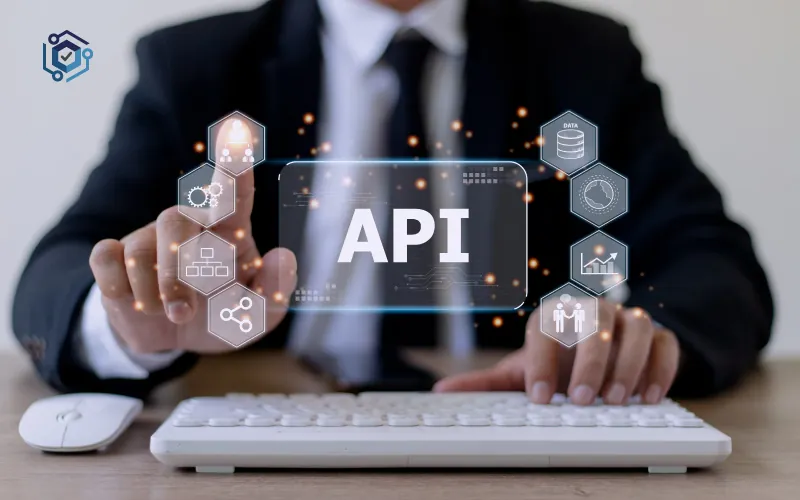In this opportunity, we tell you everything you should know about the famous APIs. Keep reading and find out what an API is, what it is for, how it works and what types exist.
What is an API?
An API is the code that establishes the operation of a computer program that serves to channel information from one part of a piece of software to another. In short, it is the way that an application communicates with another application using a common “language” (protocol, rules, format), regardless of the development language used internally in each application.
Simply put, an API is an intermediary that allows your tools to communicate and work with available information that has been created by other developers. The term API is an abbreviation for application programming interfaces.
What are APIs for?
These are some of the main utilities of an API:
- It works as a means to collect information from one digital tool to another and thus have extended functions.
- It allows you to make the software features more specific and thus meet the fine needs of different users.
- It facilitates the development of applications that can improve the use and adoption of the main platform.
- It helps to make some program design processes more efficient.
How does an API work?
An API works in three steps: the call, the intermediation and the application.
1. Call
It occurs when a system design or execution software is given the indication to extract information from another part of the same program or from a tool available to be integrated. Typically, this indication is in the form of a line of code in which the required library, code portion, or database is called.
2. Intermediation
This process is carried out by the system and consists of extracting the requested information and incorporating it into the code of the new program. With this, you ensure that the data has been integrated and that you can work with the tool from this point.
3. Application
The use of these tools is directed towards the application. Once the program receives the required information, it must be able to execute it as part of the new schedule. APIs help apply formats, styles, or bring in data from other locations.
5 types of APIs
1. Public API
Public or open APIs are interfaces that are available to any user. There are, for example, libraries of some programming languages that have a wide range of libraries and applications that are necessary to run software. Instead of having developers code from scratch, you can use their rules or code without restrictions and make the design and development process easier.
2. Private API
Private or closed APIs are tools that can only be accessed by users who have been authorized to do so. These applications are generally designed for the operation of a particular company, which is why they are used to call data from an area, apply defined rules or set pre-existing formats specific to an organization.
3. HTTP API
The HTTP APIs or web APIs are interfaces specifically designed to be used in the development of websites through the hypertext transfer protocol. When developing a site, it is necessary to transfer information from one source to another available on the Internet. These APIs are optimized to locate, extract or apply any rule or routine within an electronic page or on a server that works on the network.
4. SOAP API
SOAP APIs (or Simple Object Access Protocol API) are a set of guidelines that allow a program to access basic information from another location. These APIs do not provide files or data from other repositories. On the contrary, they only give the indications that regulate the extraction and integration of these elements in a safe and standardized way.
5. RESTful API
RESTful APIs (or Representational State Transfer APIs) are interfaces for calling a specific style of software architecture, based on media content. APIs of this type are great for designing more complex platforms, such as mobile apps, which require the integration of tables, images, and videos. In a simple way, they extract the requested information and throw it or integrate it into the software.
You already know what an API is and what types of APIs exist to assess the benefits of each one and choose the one that best suits your project. If you have any doubts, remember that at MyTaskPanel Consulting we can help you without any commitment.










